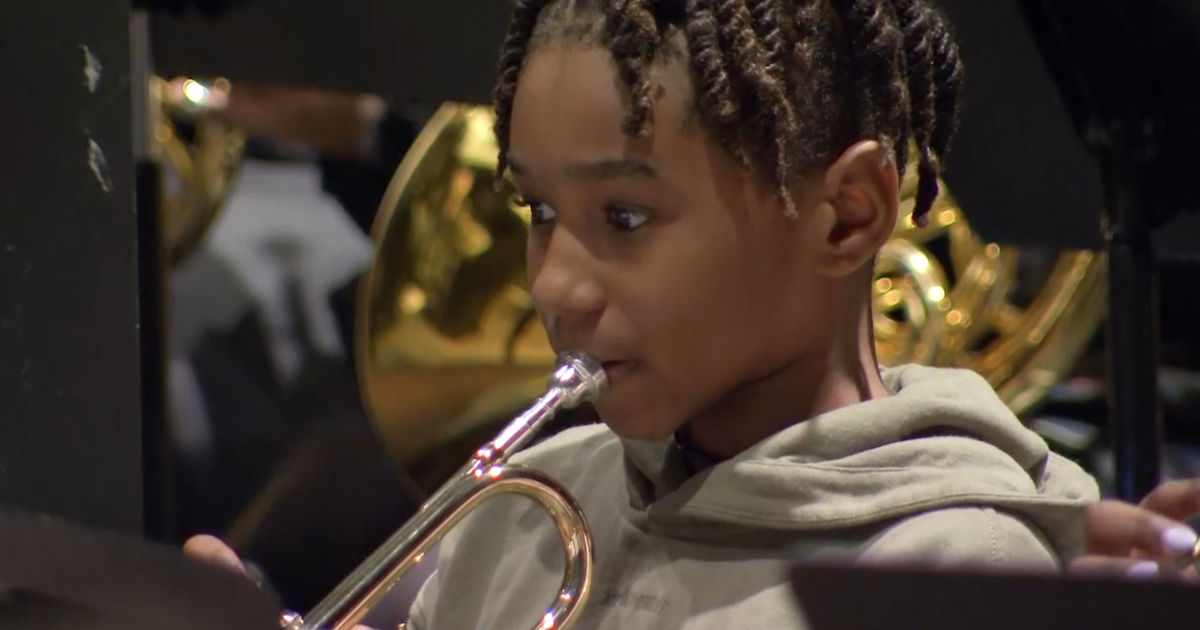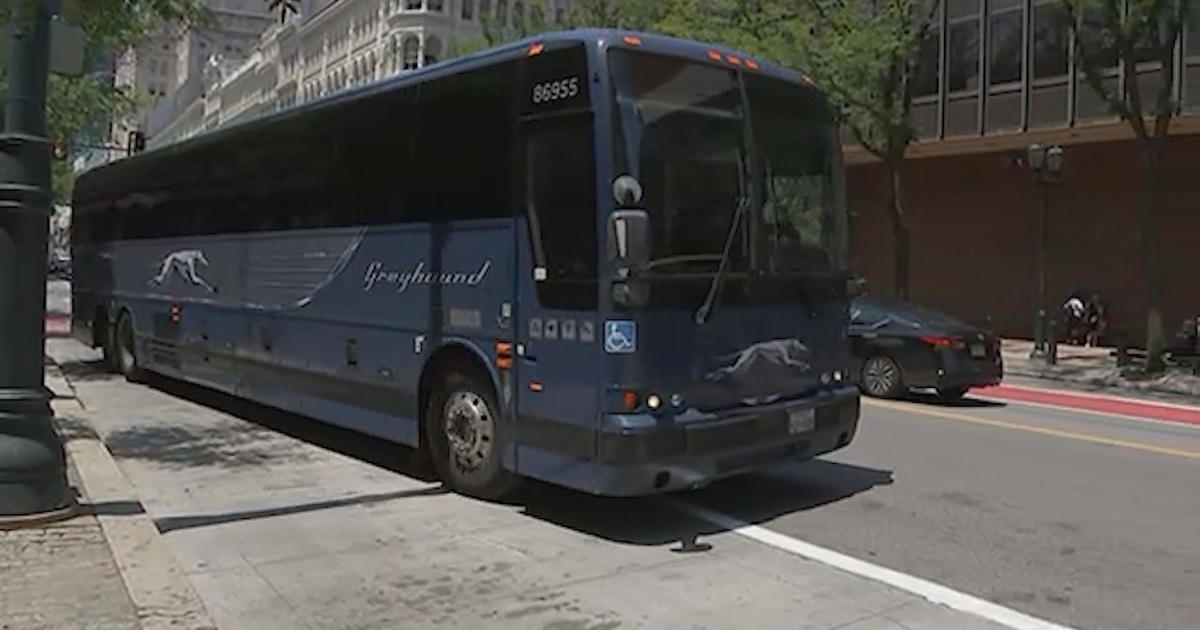CBS3 EXCLUSIVE: What's In Checked Bags?
By Chris May
PHILADELPHIA (CBS) -- Grenades.
Dynamite sticks.
Blocks of inert C-4 explosives.
Even an IED training kit.
All those items, and many more, have been found in checked baggage at airports around the country. Each and every one bound for the belly of airplane.
But at Terminal A at Philadelphia International Airport banned and potentially dangerous items like these are spotted before they can pose a threat or slow down travelers. And it's all thanks to a sophisticated in-line automated system.
"Passengers should feel very safe," says Mike McCarthy, Spokesman for the Transportation Security Administration. "It's state of art equipment."
McCarthy recently took Eyewitness News where no other Philadelphia television station has gone: behind the scenes of the security structure that keeps us safe.
It all begins at the ticket counter, when a bag is deposited on a conveyor belt. It's journey from there to the runway is about a quarter mile long.
"It does that in about 10 to 15 minutes if there are no alarms," says McCarthy. "About the same amount of time or less that it takes passengers to get through screening."
The conveyor belt carries each bag through an explosive detection system which generates an image of what's inside. They're like the ones taken of carry-on bags but high-tech and 3-D, like a CAT scan.
They're so secret we weren't allowed to capture them on camera.
Then with the help of a sophisticated algorithm the system looks for potential threats. If it finds one, that bag is diverted from the main conveyor belt so human eyes can take a closer look.
Highly trained TSA experts then evaluate the images. If they decide the bag's contents are safe it moves along.
But if they're not convinced it's on to the inspection room.
This is where bags are searched by hand by TSA agents like Jonathan Emory.
"You rely on the machine to find certain things," Emory told Eyewitness News, "but you also rely on your expertise as a threat mitigation expert to check the bag environment for anything else possibly suspicious."
If the hand search fails to turn up a threat a notice of inspection is placed inside the bag and it's returned to the conveyor belt where it's handed off to the airlines.
One out of every four bags that enters the system at Terminal A is given this extra scrutiny. Few pose actual threats. But the TSA's Federal Security Director Derek Starks says his team stays alert.
"We evolve as the threat evolves," he says. "We put in protocols to counterbalance the threats. So we adapt. We adjust."
In a post-9/11 world a premium is placed on safety.
"You've got to be right 100% of the time, correct?" Eyewitness News Anchor Chris May asked Starks. "That's the goal," he replied. "That's the goal."
For travelers in Philadelphia it means peace of mind. And a safer, on-time trip.



